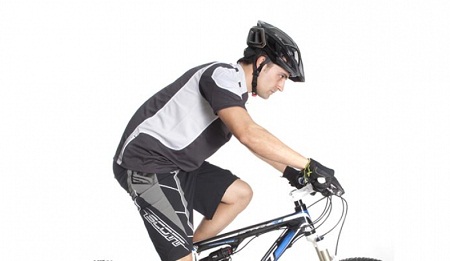Today we want to explain how the handlebar height is adjusted? This setting is usually one of the forgotten among bikers and still play an important role on the downhills. Want to know more? While the saddle height will pay more attention, it seems like the handlebar height nobody looks in detail. And it is a very important setting, as it has much to do with the way the weight is distributed on the bike: highest regard is the handlebars relative to the saddle less weight bear hands .
This is very interesting considering controlling the bike, downhill, as the bike is more manageable to have very little weight on the front wheel. However, it makes the bike more nervous in difficult climbs steep slopes and lost aerodynamics (unimportant in MTB). In contrast, the lower is the handlebars relative to seat more weight to bear hands and the bike will become less manageable downs. In return, we will improve on the climbs. Therefore, the logical thing is to find a middle ground depending on the use we give to the bike and our preferences or weaknesses.
You can not give references regarding the handlebar height from the ground, as it is important to relate the height of the saddle to handlebar . To measure it, it is more practical to place the bike perfectly straight and measure the distance from the center of the seat to the floor and from the top of the grip to the ground. And calculating the difference becomes. For example, if the seat is 110 cm from the ground and 107 cm handlebars, handlebar height will -3 cm. There is no rule or method of calculation to determine the height of the handlebar. But from experience we can establish references depending on the height of the rider Bike Rally / Marathon:
160-170 cm: 2 to -2.
170-180 cm: between -2 and -5.
Over 180 cm: -5 to -8.
